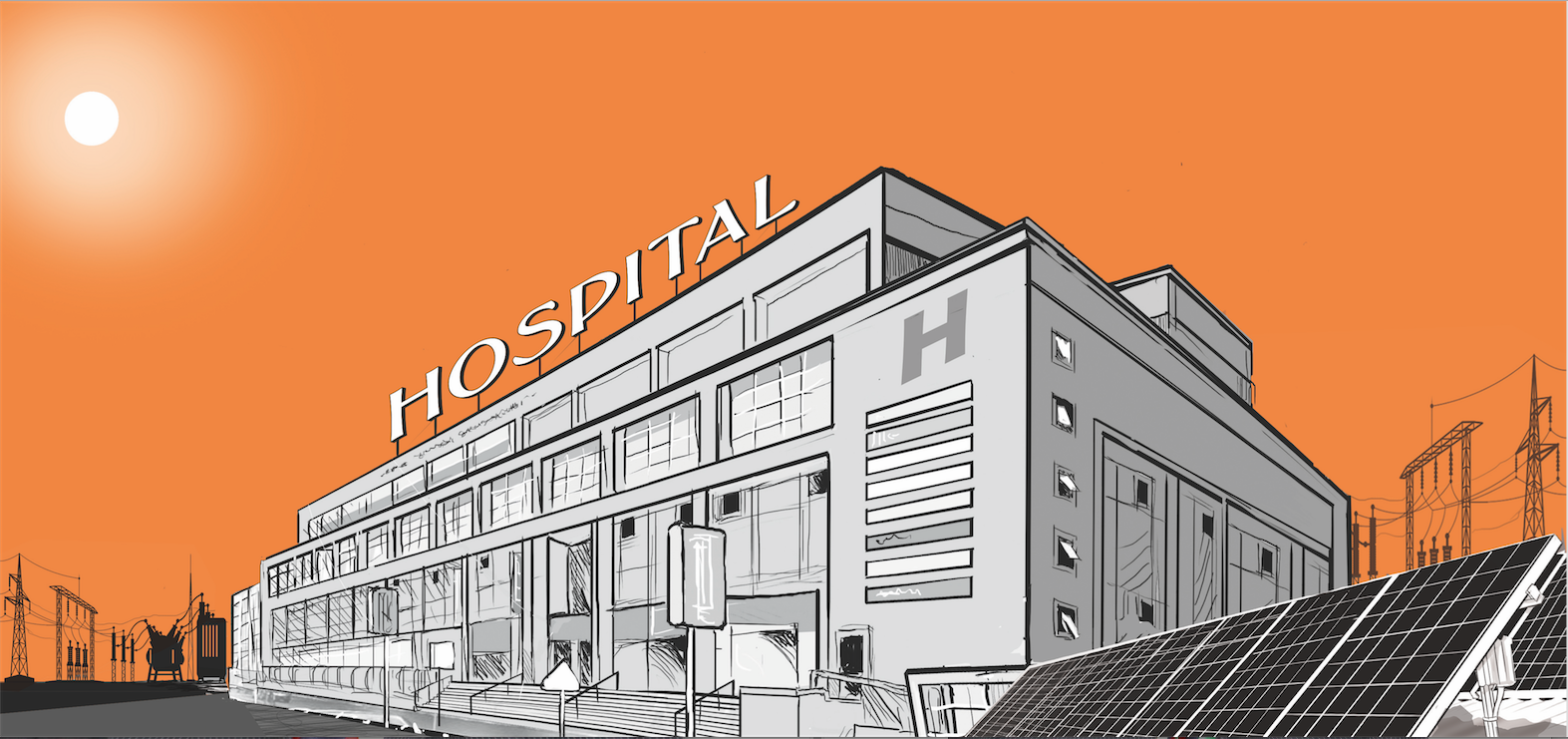

Africa’s energy transition is too often reduced to arithmetic: how many megawatts added, how many households connected. But connection alone is not transformation.
Kenya Power’s rural electrification programme makes the point painfully. After millions were spent extending lines into villages, surveys found households consuming electricity worth barely Sh7.20 a day, less than the cost of a cup of tea. The grid reached them, yes, but the prosperity that power was meant to unlock did not.
This is the trap of seeing energy only in numbers. It forgets that anchor customers matter. Just as shopping malls rely on supermarkets to sustain the whole enterprise, Africa’s clean energy systems need dependable tenants. Households consuming pennies of electricity cannot shoulder the continent’s ambitions. Hospitals and clinics can.
Hospitals are permanent, immovable and indispensable. They cannot wait for the grid to stabilise before performing surgery, or risk vaccines spoiling in the heat of a blackout. In every African town, the hospital must function, whatever the circumstances. That reliability makes them more than public goods; they are natural anchors for investment.
Necessity has already forced hospitals into this role. Solar vaccine fridges now outperform grid-tied units. LED surgical lamps slash power use by 80 per cent. Battery-backed ICUs ride out multi-day blackouts. None of these innovations came from utility boardrooms; they were born in hospitals, under pressure, when lives were at stake.
And once proven, they spread outward. Systems built to keep ICUs alive are adapted to telecom towers and schools. Healthcare is not simply a consumer of power. It is the crucible where Africa’s clean energy solutions are forged.
Too often, policy assumes the national grid is the inevitable destination. But hospitals point to a different, more resilient model: mini-grids.
Mini-grids are not stop-gaps. They are strategic assets. Unlike centralised grids, they are modular: if one fails, others stand. Their set-up costs are lower than running national lines into sparsely populated areas. They can grow organically, clinic by clinic, community by community. And they need not compete with national utilities; they can complement them, feeding surplus into larger systems and even generating revenue for state utilities.
Rwanda shows what this looks like. Health centres there operate sophisticated solar-battery microgrids that guarantee power for surgeries while extending electricity to villages around them. In Nigeria, hospitals using AI-driven energy management cut consumption by a third, improving both costs and patient outcomes. These are not experiments. They are lived proof that mini-grids work where central grids falter.
Efficiency in healthcare is not an academic exercise, it is survival. A rural clinic with a modest solar array must stretch every watt. This urgency drives the adoption of ultra-efficient oxygen concentrators, smart ventilation systems and automated controls. Ghana’s Korle-Bu Teaching Hospital reduced its energy use by 40 per cent through such measures.
These gains ripple outward. Once hospitals lower their own demand, the spare capacity in their systems powers surrounding homes, schools and cold rooms for farmers. Efficiency in the clinic becomes equity in the community.
Hospitals also solve another challenge: finance. Their demand is steady, their purpose undisputed. That makes them attractive anchors for investment. Funding agencies and development banks already support health–energy projects, recognising the double dividend: stronger health systems and resilient energy infrastructure.
With instruments like blended finance vehicles, pooled procurement and health–energy bonds, hospitals’ bankability can be leveraged to expand mini-grids across communities. This is where Africa’s energy transition can gain both credibility and scale.
The moral case is clear. No mother should
watch a child’s vaccine spoil in darkness. No surgeon should weigh a patient’s
life against a blackout. Reliable electricity for healthcare is not a luxury, it
is justice.
By making hospitals the anchor tenants of our energy future, Africa can build resilient systems that reflect our realities: modular, adaptable and rooted in community. Mini-grids are not detours to a distant national grid; they are the architecture of a distributed future.
And in that future lies a truth best expressed in my new African proverb: “When the hospital has light, the whole village sees.”
Build Africa’s clean energy revolution on hospitals—steady, essential and transformative. From them, light spreads, and with it, dignity, resilience and opportunity.
Surgeon, writer and advocate of healthcare reform and leadership in Africa















